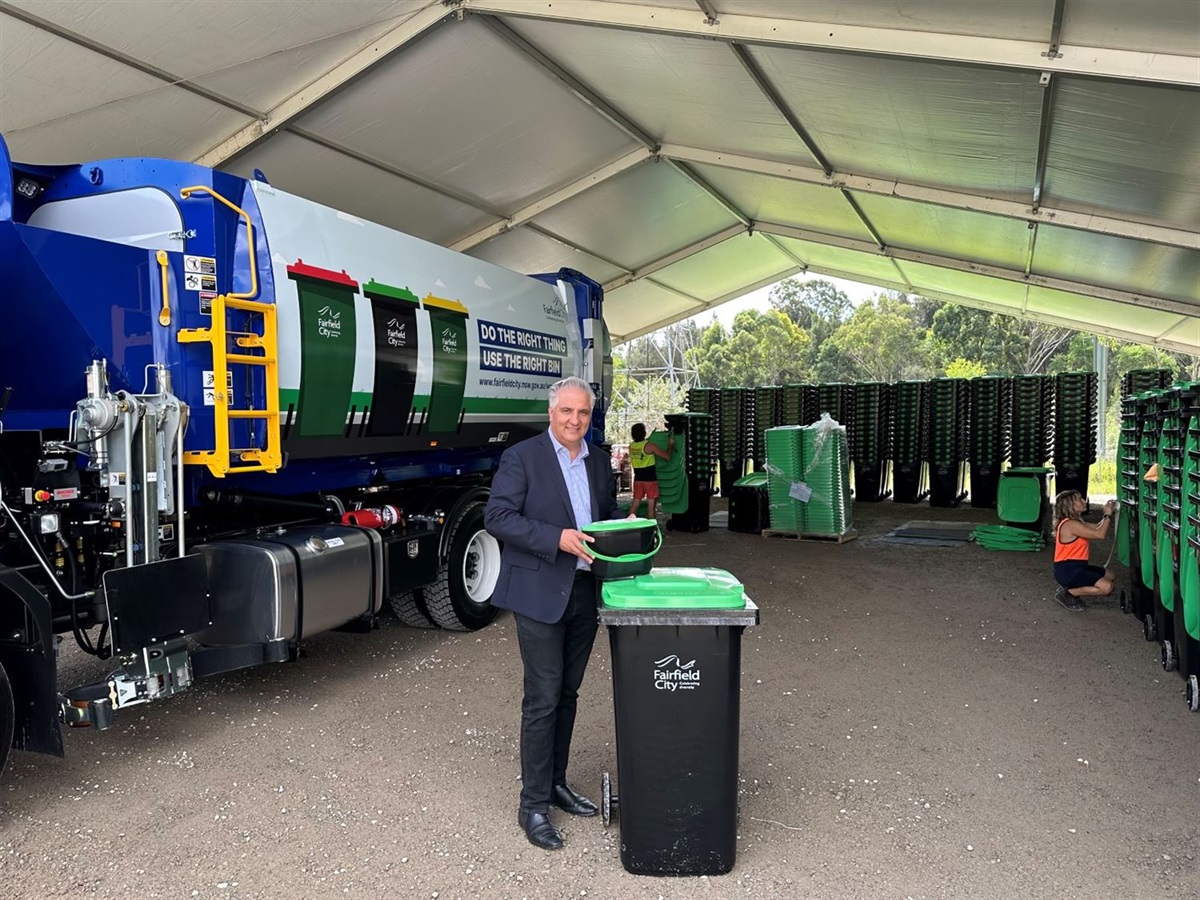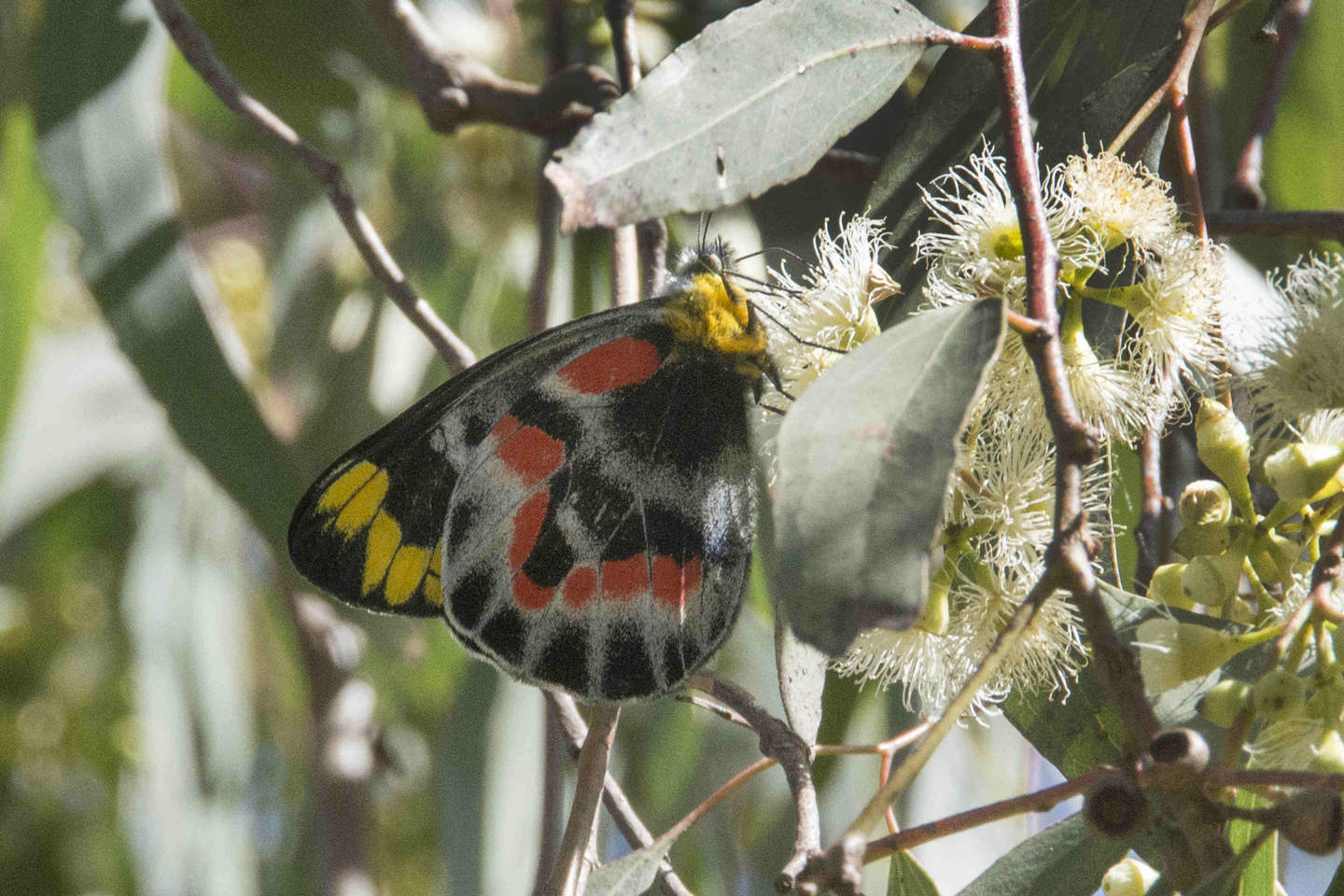The Laura Sandstone Basin of Cape York Peninsula hosts one of the richest bodies of rock art in Australia and the world. The University of Notre Dame Australia’s Nulungu Research Institute’s Dr Lynley Wallis and a team of experts and partners will soon be mapping it thanks to a Linkage Projects grant from the Australian Research Council.
The sandstone rock shelters that surround the Cape York Peninsula town of Laura form the southern rim of the Laura Sandstone Basin and are home to some of Australia’s most iconic Indigenous rock art, recently inscribed on the National Heritage List as ‘Quinkan Country’.
Rugged, well-watered, and largely inaccessible except by helicopter, this location presents an exciting opportunity for unprecedented research, and it is an opportunity that The University of Notre Dame Australia’s Senior Researcher, Dr Lynley Wallis, has wholeheartedly taken up.
“This project will be the first study to systematically map, document and analyse the cultural heritage and rock art of the Laura Sandstone Basin,” Dr Wallis says, “We’ll be using cutting edge technological, chronological and joint archaeological and Traditional Owner approaches and perspectives.”
The approaches to be employed throughout this project not only utilise the latest technology, but the entire process will be supported by an extensive network of partners, including six different Aboriginal Corporations, six universities and the Queensland Parks and Wildlife Service.
“The partners working on this project have widespread experience working successfully as a team, including on large-scale projects like this,” Dr Wallis says.
Large-scale is an understatement. The Laura Sandstone Basin occupies an onshore area of 18,000km2 – over 16 times the size of Hong Kong. Even with the best available technology at hand and a team of dozens, the entire project is expected to take five years. And it is expected to generate many more subsequent projects.
“The history of Aboriginal communities and lands in Cape York Peninsula are extremely complex. This makes for a challenging operational environment, especially for researchers wishing to engage effectively with the multitude of Traditional Owner groups that have cultural responsibilities for the Laura Sandstone Basin.
“However, our team has the benefit of including several researchers who already have strong, long-term and highly positive working relationships with existing Indigenous groups – in one case, that of Dr Noelene Cole, this relationship stretches over a period of more than 30 years.”
These relationships form a key focus for the project. This project’s approach recognises Aboriginal people as the primary owners and guardians of their own heritage. They have been integral in designing the nature and scope of the project, and will be critical team members during the extensive fieldwork that lies ahead.
The project will deliver training to Aboriginal communities in the management and conservation of these incredible art sites, ensuring that they will be protected for years to come.
“This project will provide data of national significance to assist our understanding of the nature of Aboriginal settlement in north-eastern Australia and the role of art in this process.
“It will also produce data relevant to the protection of rock art in tropical Australia, where Australia’s most extensive zones of Aboriginal art are located.”
Notre Dame Pro Vice Chancellor, Research, Professor Gregory Blatch says the project holds wide-reaching significance.
“The research completed over the next five years will represent a significant contribution by Notre Dame and Nulungu to cementing Australia as a world leader in rock art analysis and management,” Professor Blatch says.
Acknowledgement of Country
The University of Notre Dame Australia, Broome acknowledges the original custodians of this land, the Yawuru people of the Yawuru nation. The University pays its respects to the Yawuru Elders past, present and future – for they hold the memories, the traditions, the culture and hopes of Aboriginal Australia.







